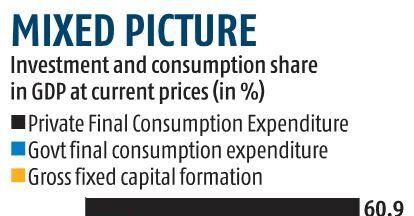CHENNAI: India’s telecom market—one of the most dynamic and distinctive in the world—is shaped by its massive scale, price sensitivity, regulatory complexities, and rapid technological evolution. The industry, in line with these changes, also anticipates key changes in the spectrum auction process.
A recent move by the Department of Telecommunications to engage the industry regulator and seek its views on spectrum auctions, pricing, and allotment has raised industry hopes for key changes in the existing framework.
The telecom department has approached the country’s telecom industry regulator –Telecom Regulatory Authority of India (TRAI) seeking its recommendations on several aspects of the spectrum auction, including reserve price, block size, quantum and other modalities for auction of mobile spectrum in eight existing bands, including 800 MHz, 900 MHz, 1,800 MHz, 2,100 MHz and 2,300 MHz.
The other bands where TRAI’s views have been sought by the Department of Telecom (DoT) include 2,500 MHz, 3,300 MHz and 2,6GHz bands, as reported by PTI on Thursday.
India’s telecom industry is intensely price-competitive, arguably more than any other large market globally. With voice calls virtually free and data rates among the lowest in the world, competition is largely driven by pricing and bundled services rather than product differentiation.
While the entry of Reliance Jio in 2016 disrupted the market with free voice and cheap data, forcing incumbents to slash prices and consolidate, it also reshaped the entire industry, leading to exits (like Aircel, Telenor) and mergers (like Vodafone-Idea).
“The market dynamics are completely changed now from a fragmented market with over a dozen players in the early 2000s, India now has an effective duopoly/triopoly. So the same systems and processes those were adopted according to the earlier market and industry scenario can no longer be suitable now.” says an industry analyst from a global consultancy.
Currently in the market, Reliance Jio, Bharti Airtel, and Vi (Vodafone Idea) dominate the landscape. Jio and Airtel have taken the lead in 4G and are rolling out 5G aggressively. However, Vi is struggling financially and may face existential challenges.
This consolidation has reduced consumer choice but improved network quality and financial viability for survivors.
DoT has also urged the telecom regulator to offer fresh recommendations for auction of spectrum in 600 MHz bands. The regulator was also asked to look at the possibility of auction for newly identified 6,425-6,725 MHz and 7,025-7,125 MHz bands for recommendations on auction timing, band plan, reserve price, and terms and conditions, the report said.
In the last auction held in 2024, Sunil Bharti Mittal’s Airtel had emerged as the biggest bidder for radio waves used to transmit mobile phone voice and data signals, cornering about 60 per cent of the Rs 11,341 crore worth of spectrum sold after two days of bidding in June.
While Bharti Airtel bid and won airwaves worth Rs 6,856.76 crore, rival Mukesh Ambani’s Reliance Jio – the market leader – had got Rs 973.62 crore worth of spectrum – the least in the three-corner contest.
Troubled Vodafone Idea had bagged spectrum valued Rs 3,510.4 crore.
In all, 141.4 MHz of radio waves were sold for Rs 11,340.78 crore In 2024 auction.
The government had offered a total of 10 GHz of spectrum ranging between 800 MHz and 26 GHz, which was worth Rs 96,238 crore at the base or auction start price.
However, only a small amount of the spectrum on offer got sold in seven rounds of auction held last year.
Source: The New Indian Express



